Luminous Grace and Fierce Spirit: The Timeless Legacy of Lee Remick
Ever watched an old classic and felt that quiet ache in your chest—the kind that lingers long after the credits roll? That’s the power of Lee Remick. She didn’t need to shout to command attention; she simply was. Her presence—soft yet unshakable, graceful yet grounded—made her one of those rare actresses who could turn silence into poetry and heartbreak into art. Lee Remick wasn’t just an actress; she was an experience. And decades later, her light still glows, undimmed by time.

From Quincy Roots to Broadway Dreams
Lee Ann Remick was born on December 14, 1935, in Quincy, Massachusetts—a small-town girl destined for extraordinary things. Her father, Francis Edwin Remick, owned a department store, while her mother, Gertrude Waldo, was a stage actress who quietly passed on her love for performance. After her parents divorced, young Lee moved with her mother to New York City, where she was immersed in the arts from an early age.
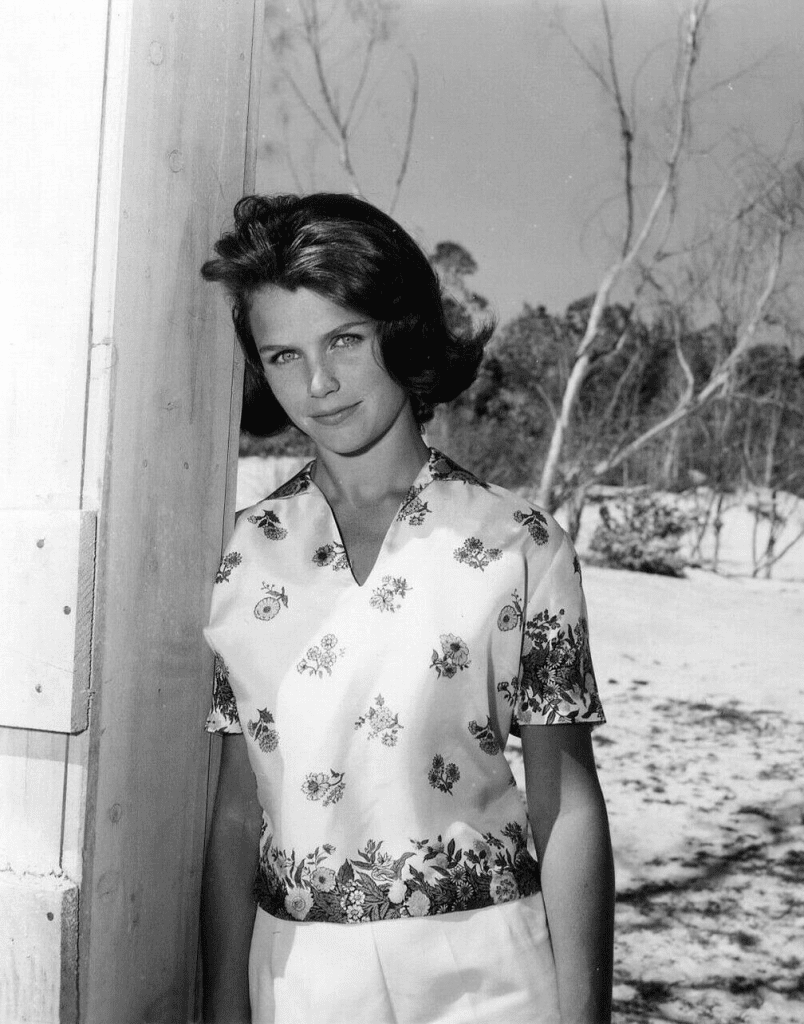
While other girls were playing hopscotch, Lee was learning ballet and drama, her eyes already fixed on the stage lights. She attended the Hewitt School and later studied acting at Barnard College and the prestigious Actors Studio. By her late teens, she was performing in summer theater and small stage productions, her natural poise and sincerity drawing early attention.
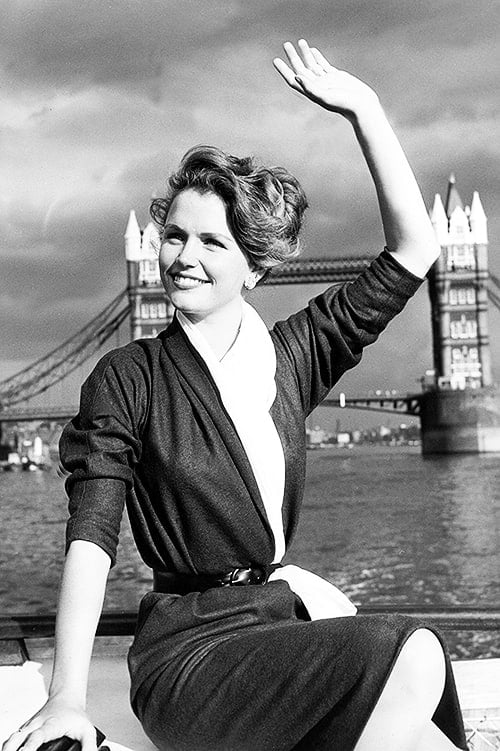
It wasn’t fame she chased—it was authenticity. Even before Hollywood came calling, Lee understood something most never grasp: emotion, when honest, doesn’t age.
Video : Lee Remick Tribute
A Star Is Born: From Stage Lights to Studio Cameras
Lee’s Broadway debut came at just eighteen with Be Your Age (1953), a modest comedy that barely made a ripple—but it lit a spark in her career. Before long, television producers took notice. She appeared in live drama anthologies such as Studio One and Hallmark Hall of Fame, earning a reputation for her vulnerability and subtle strength.
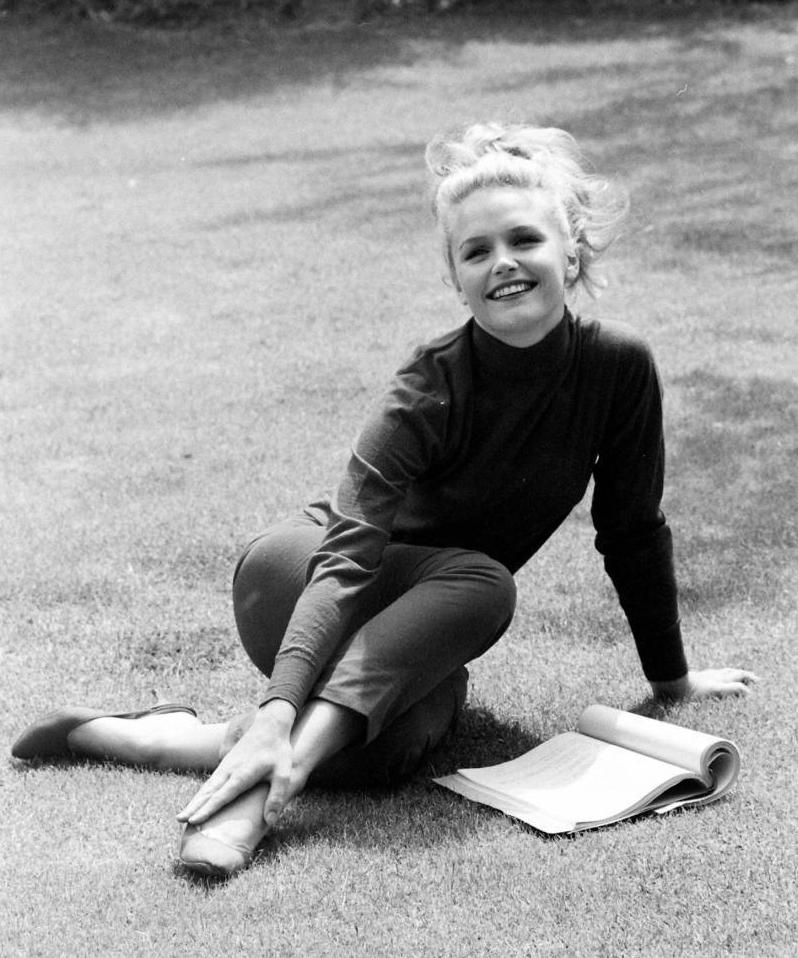
Then came her cinematic breakthrough. In 1957, she starred in Elia Kazan’s A Face in the Crowd alongside Andy Griffith, playing Betty Lou Fleckum, a small-town girl swept into the chaos of fame. It was her first major role, and she delivered it with the raw conviction of someone who’d lived a dozen lives already. Critics couldn’t stop talking about her—it was as if a new kind of beauty had arrived on screen: real, emotional, and deeply human.
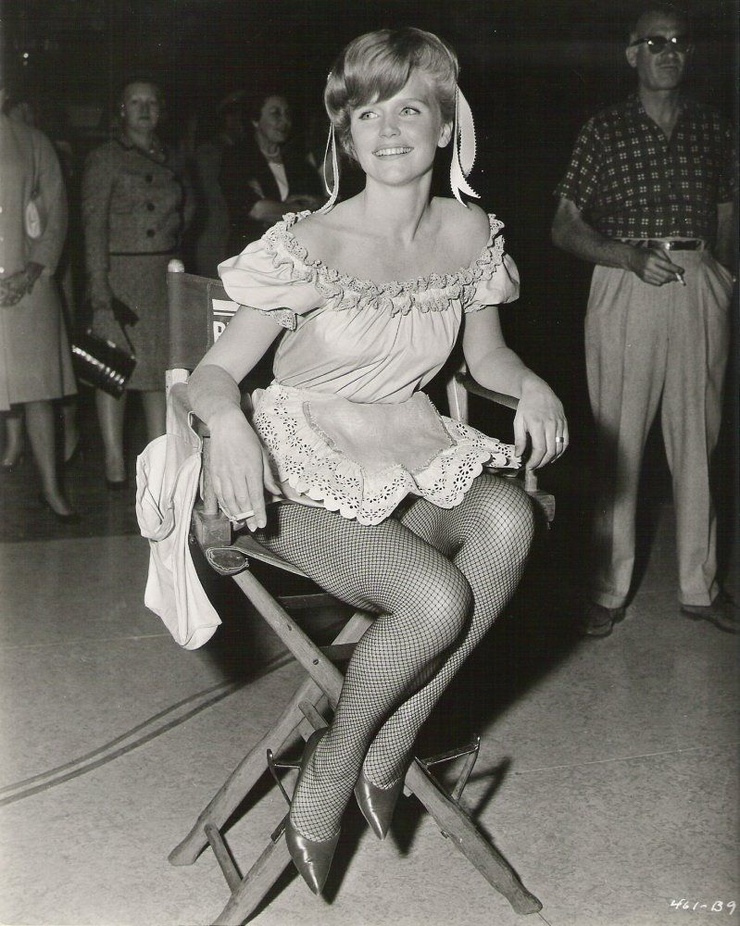
Hollywood’s Leading Lady: From Innocence to Intensity
The late 1950s and ’60s cemented Lee Remick as one of Hollywood’s most magnetic talents. In Anatomy of a Murder (1959), she portrayed Laura Manion—a complex, sensual, and wounded woman accused of inciting violence. Acting opposite James Stewart, Lee didn’t just hold her own; she stole the frame. She was captivating, layered, and impossible to categorize.
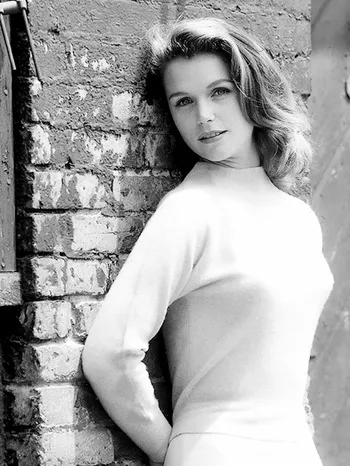
Then came Days of Wine and Roses (1962)—the role that defined her career. As Kirsten Arnesen, a woman spiraling into alcoholism alongside her husband (played by Jack Lemmon), Lee delivered a performance so raw it felt like eavesdropping on a real marriage falling apart. She earned an Academy Award nomination for Best Actress and forever silenced any critics who thought she was just another pretty face.

Other standout performances followed—Wild River (1960), Experiment in Terror (1962), and later, The Omen (1976), where she portrayed the tormented mother of the Antichrist. Her versatility stunned audiences. She could be tender one moment, terrifying the next. Every expression, every pause, carried purpose.
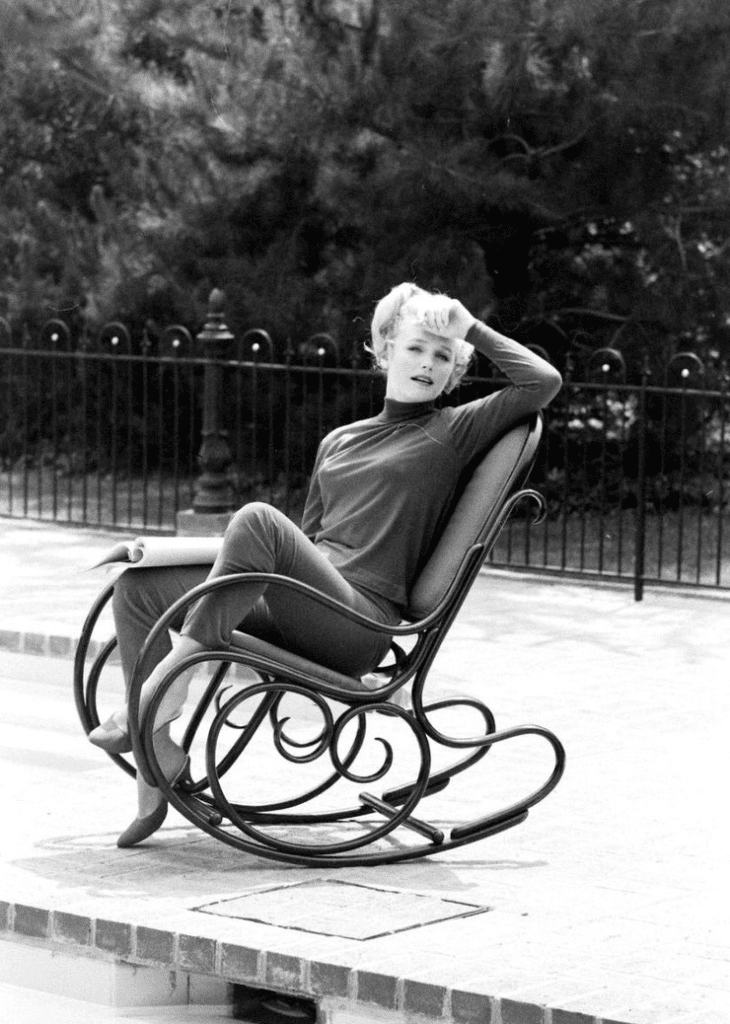
Queen of the Small Screen: Lee Remick’s Television Triumphs
Unlike many film stars of her era, Lee didn’t treat television as a step down. For her, it was another canvas. The 1970s brought her some of the most acclaimed work of her career. In Jennie: Lady Randolph Churchill (1974), she played Winston Churchill’s mother with fierce elegance, earning both a Golden Globe and BAFTA nomination.
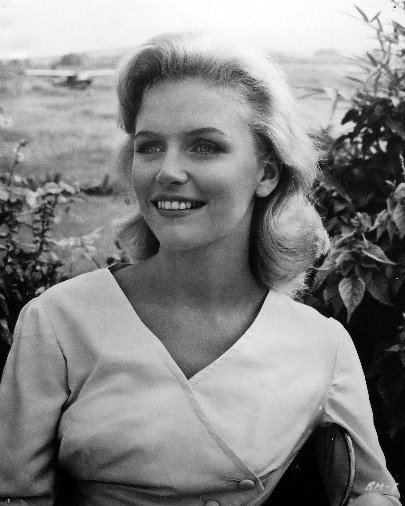
Her performance in The Blue Knight (1973) also won her a Golden Globe, proving her mastery of character-driven storytelling. Lee thrived on the intimacy of television—the close-ups, the raw emotion, the way a camera could catch a flicker of doubt in her eyes. She wasn’t acting for applause; she was performing for truth.
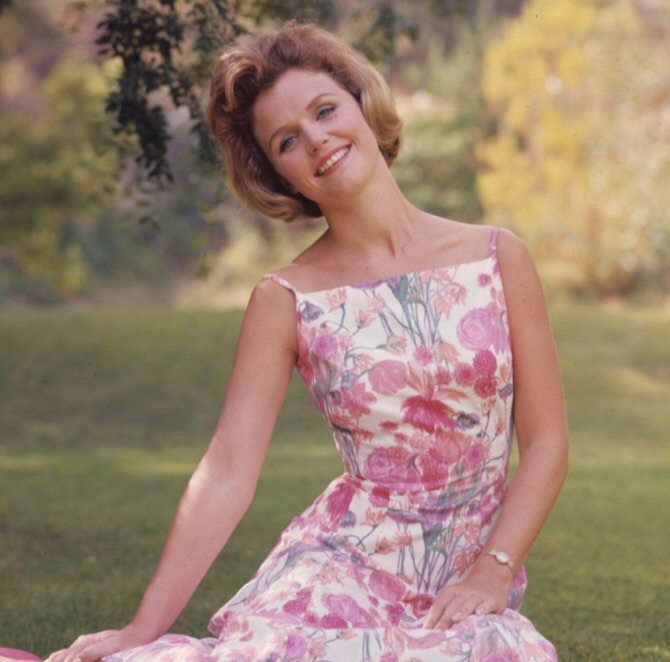
Behind the Curtains: Love, Family, and Quiet Strength
Off-screen, Lee’s life was far from the glitter of Hollywood galas. She married producer-director Bill Colleran in 1957, and they welcomed two children, Katherine and Matthew. When the marriage ended in 1968, she found love again with British producer Kip Gowans. The couple married in 1970 and shared two decades of partnership filled with warmth, humor, and artistic respect.
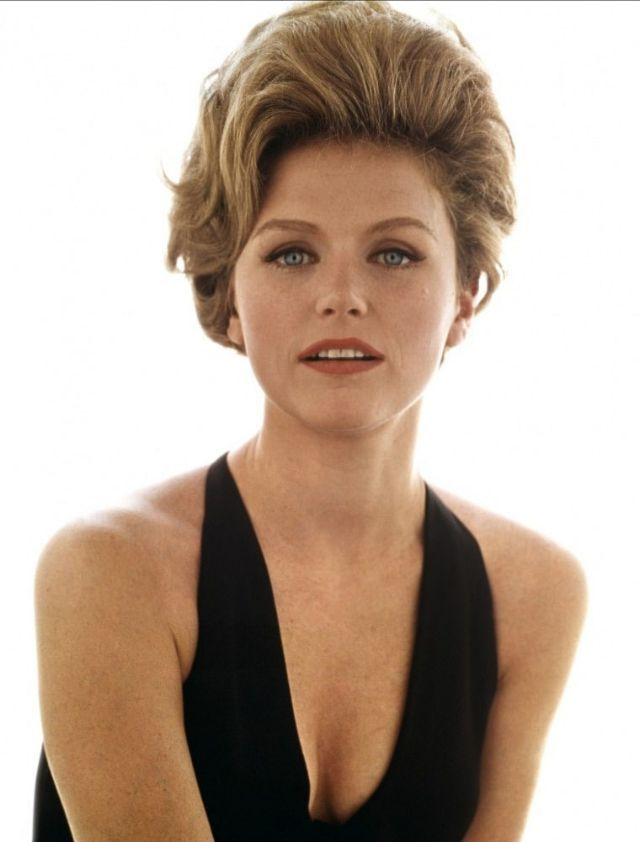
Those close to her described Lee as gracious, fiercely loyal, and refreshingly down-to-earth. Despite her fame, she avoided scandal and spectacle, focusing on her family and her craft. She had a gift for balancing the demands of Hollywood with the grounding simplicity of motherhood—a rare grace that made her even more beloved.
Video : Movie Legends – Lee Remick
A Courageous Battle: Facing Illness with Dignity
In 1989, during filming in France, Lee was diagnosed with kidney cancer. The news was devastating, but she faced it with characteristic dignity and optimism. Even as her health declined, she continued to work, completing projects like Jesse (1988) and A Turn of the Screw (1989). Friends recalled her humor and composure even in pain—an actress who, until the very end, refused to let fear steal her light.
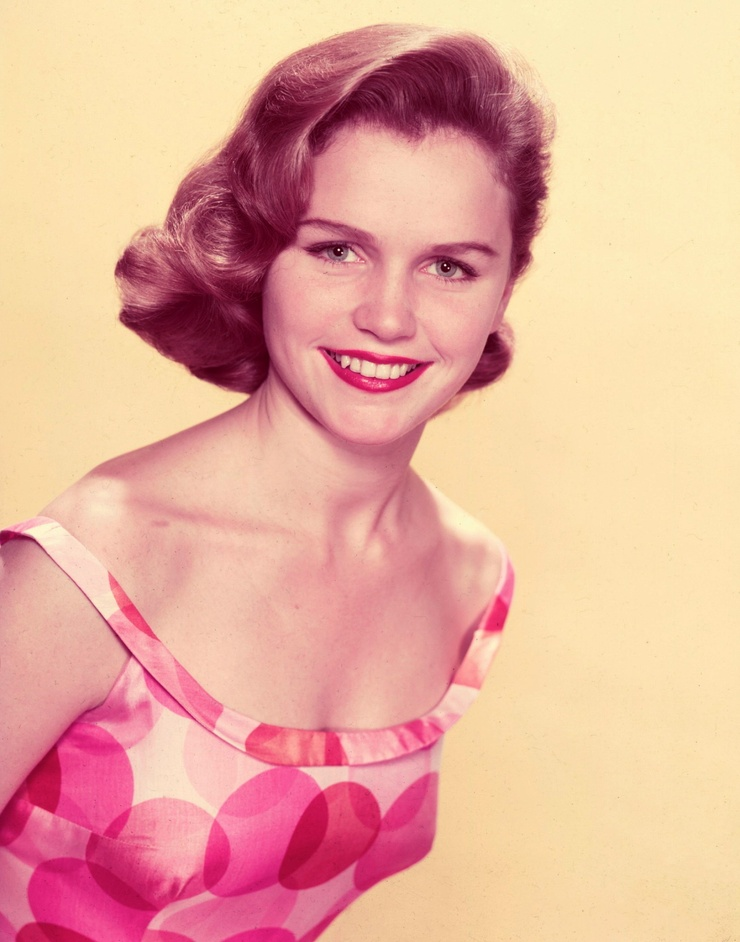
Lee passed away on July 2, 1991, at the age of 55, surrounded by her loved ones. Hollywood mourned deeply, and tributes poured in from legends like Jack Lemmon and Gregory Peck, who called her “one of the most gracious and intelligent women ever to grace the screen.” Her star on the Hollywood Walk of Fame, awarded just months before her death, remains a quiet monument to a brilliant, compassionate soul.
Enduring Radiance: Why Lee Remick Still Matters
So, why does Lee Remick still captivate us decades later? Because her work wasn’t about glamour—it was about truth. She portrayed women as complex, resilient, and deeply human long before it was fashionable to do so. In a time when many actresses were confined to archetypes, Lee carved her own path with authenticity and courage.
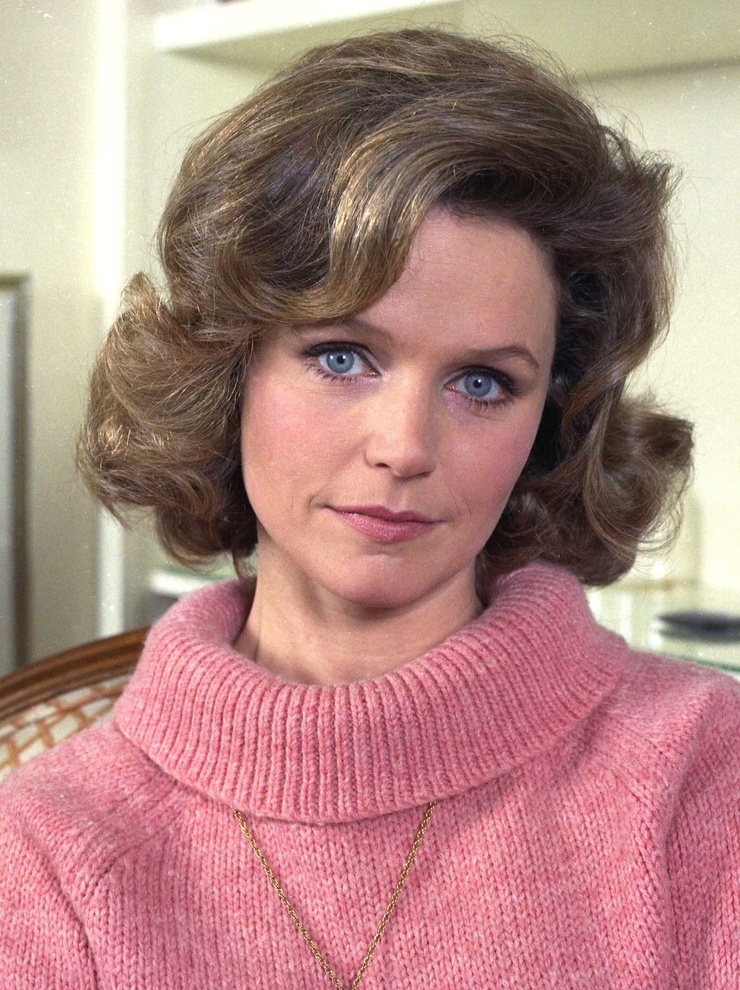
Her legacy lives on in every actress who dares to be both vulnerable and strong, every filmmaker who believes that subtlety can speak louder than spectacle. Watch any of her films today, and you’ll feel it—the quiet electricity that made Lee Remick unforgettable.

Conclusion: The Glow That Never Fades
From her early days in Quincy to her final performances, Lee Remick embodied what it means to live and create with heart. She wasn’t chasing fame; she was chasing truth. And in doing so, she left behind a cinematic legacy that still stirs souls and softens hearts.
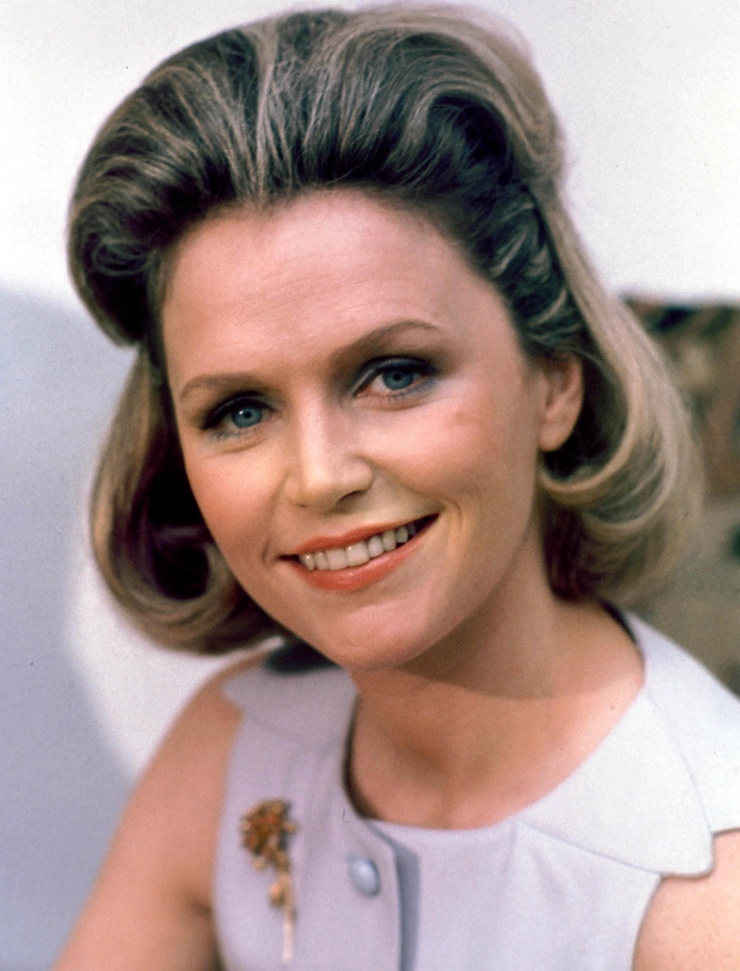
Graceful, grounded, and gloriously human—Lee Remick remains proof that true beauty shines from within, long after the spotlight fades. Her light still lingers, whispering through every frame she touched: real emotion never dies.